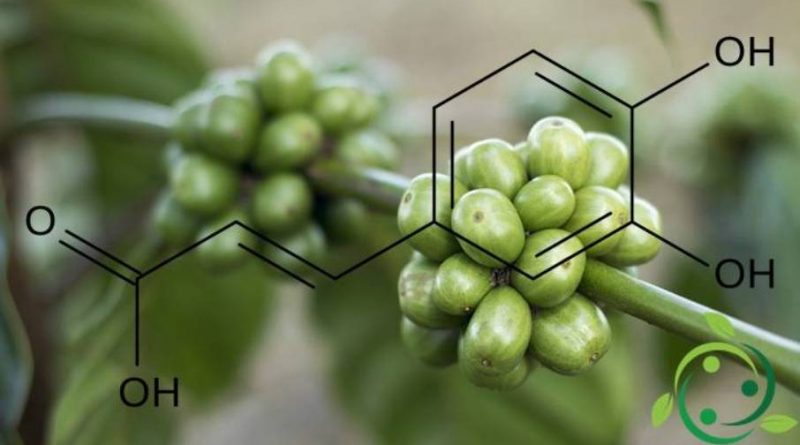Caffeic acid
Caffeic acid
Caffeic acid, whose term in the official IUPAC nomenclature is: 3- (3,4-dihydroxyphenyl) prop-2E-enoic acid and whose brute or molecular formula is: C9H8O4, it is an organic acid derived from cinnamic acid .
Caffeic acid derives with precision from 4-hydroxycinnamic acid and its basic structure is the catechol ring (1,2-dioxybenzene).
This acid is called this term because it was originally found in coffee extracts.
In non-roasted coffee seeds, the so-called green coffee, caffeic acid is found in important quantities in the form of chlorogenic acid (which represents the ester of caffeic acid with quinic acid), with which it shares the same properties health benefits. An important part of these compounds is lost with roasting; despite this, a brief process of roasting the seeds increases the overall antioxidant power.
Later it was discovered that its presence in nature is much more widespread.
In its conformation as acid or in its derivatives (caffeic / chlorogenic acids) it is found in many plant species or their products.
It is present in angelica, arnica, burdock, fumaria, lemon balm and propolis, in high percentages.
In plants, caffeic acid is formed from 4-hydroxycinnamic acid and is transformed into ferulic acid.
Caffeic acid is particularly present in some vegetables such as chicory, artichoke, peas and strawberries. Caffeic acid present as such in these plant species has antibiotic properties towards some intestinal pathogenic germs.
In addition, caffeic acid has a mild anti-inflammatory effect; it has also been shown that it inhibits the xanthine oxidase enzyme, responsible for the transformation of xanthine into uric acid, responsible for the gouty phenomena if excessively present in the tissues.
Recently, the nutritional interest in caffeic acid has derived from its beneficial antioxidant properties, demonstrated both in vitro and in vivo. Since free radicals participate in the development of important chronic diseases, such as cardiovascular and cancer, the consumption of foods or supplements rich in caffeic acid and other phenolic compounds has the potential to play a protective role against these diseases.
Warning: The information given is not medical advice and may not be accurate. The contents are for illustrative purposes only and do not replace medical advice.

